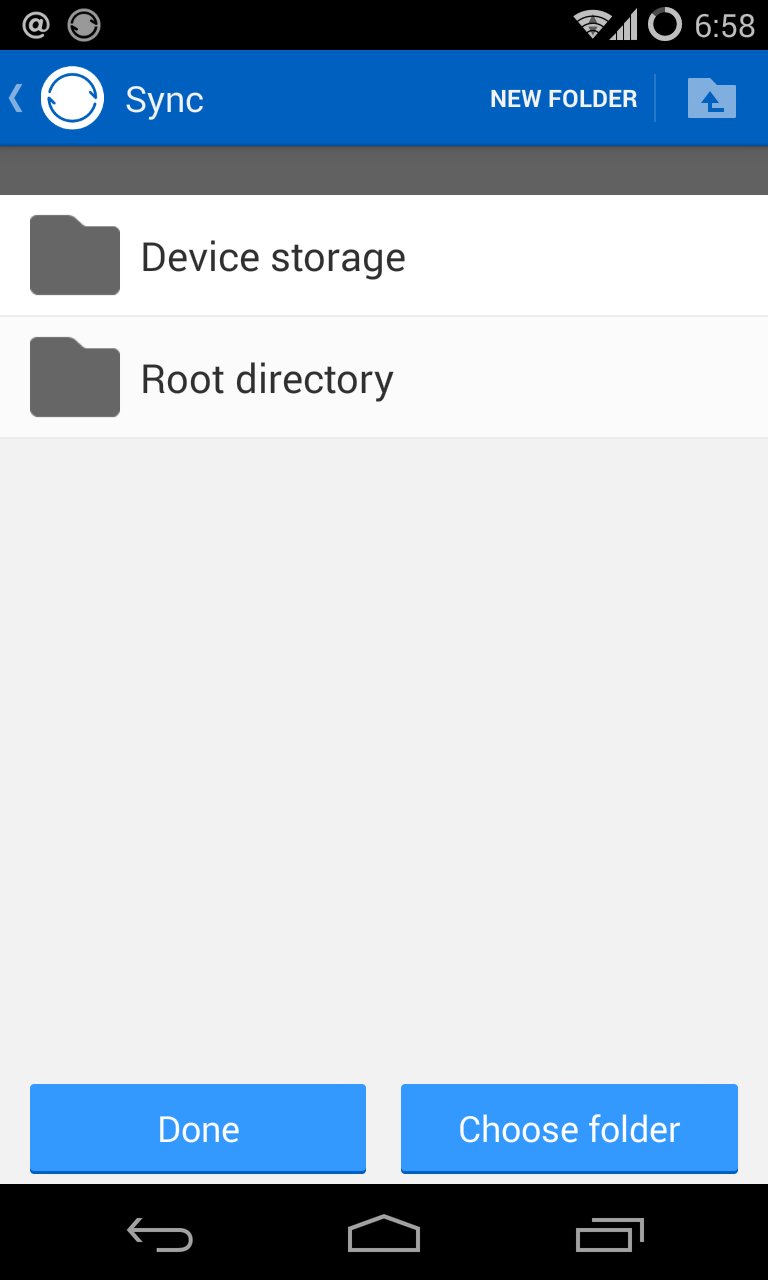

- #RSYNC VS BITTORRENT SYNC ARCHIVE#
- #RSYNC VS BITTORRENT SYNC FULL#
- #RSYNC VS BITTORRENT SYNC LICENSE#
- #RSYNC VS BITTORRENT SYNC DOWNLOAD#
#RSYNC VS BITTORRENT SYNC LICENSE#
Or use this one if your architecture is i386: 1Īfter using that previous command, you should now be able to see the executable file and the license file in that directory you just created. $ cd ~/.btsync & wget -O - "" | tar xzf.
#RSYNC VS BITTORRENT SYNC DOWNLOAD#
Next you’ll want to actually download the files from the BitTorrent site.įor the 64-bit version of BT Sync use this command: 1 You’ll first want to create a directory for BT Sync to run in as the current download only contains the executable btsync and LICENSE.txt 1 It will return x86_64 for most 64-bit versions. If you’re not sure what whether your version of Ubuntu is 64-bit or not, you can try this command on the command line: 1 You can see the download options here: īefore we get going, I’ll assume you’re server is running a current version of Ubuntu, I’m using 12.04.2 LTS (Precise). I would still recommend you hold a secure backup but there is no reason why you cannot use both.Īt time of publishing, the latest version of BitTorrent Sync is 1.0.134. Another aspect of it being an alpha release is that it’s likely still a little risky and therefore YMMV. The documentation is still a little sparse and somewhat confusing, so I’ve put together these few instructions to help get you up and running.Īs BT Sync is still in alpha stage of development, it’s seeing lots of updates and is in active development so versions and options and features are likely to change rapidly. However, since I was introduced to BitTorrent Sync (BT Sync), I immediately liked the concept of running by own Dropbox-like setup without the costs and limits that Dropbox imposes. In the past, I’ve been using Dropbox to securely store backups for sites. Please keep this in mind as you use this content. It may no longer be accurate and/or reflect the understanding of the author but remains here for reference only. When it comes to transfer speed, though, Sync is still the winner.įor more information on the test, head to the BitTorrent blog, and if you haven’t tried Sync yet, check it out.Beware this content is over 6 years old and considered stale. With Transporter’s recently-added support for versioning, it’s a strong contender, especially if you want cloud functionality without trusting your data to a third party. I also use Transporter, and have experimented with ownCloud. I still use Dropbox, primarily for its broad compatibility with the iOS apps I use, but Sync is definitely the fastest way for me to keep identical data on multiple machines, including an iOS app for access on the go.
#RSYNC VS BITTORRENT SYNC ARCHIVE#
With Sync’s archive support, it’s a Dropbox replacement for most of my needs. The remote mini serves as a “cloud” that I own, and functions as a backup. Personally, I use Sync between my two local Mac minis, my MacBook Air, and my colocated Mac mini. Even considering Dropbox’s LAN sync, though, Sync trumped it with 16x the speed.

Sync is a peer-to-peer platform, optimized for direct connections between machines without the need to upload to the cloud, then download to the other machine. If you’re using cloud services for sharing files and remote storage, there are more factors to consider.

If you use the cloud for syncing between machines, Sync is clearly the winner.
#RSYNC VS BITTORRENT SYNC FULL#
There are plenty of caveats to note (see the full post from BitTorrent), but the test is replicable and well-planned. Sync performed up to 16x faster than the cloud, transferring the video file in 41 seconds between the machines. Using a 1.36GB video file, they tested the time to sync between two MacBook Pros on the same network. BitTorrent has released the details of a comprehensive speed test they conducted to compare Sync to cloud-based services (Dropbox, OneDrive, Google Drive).


 0 kommentar(er)
0 kommentar(er)
